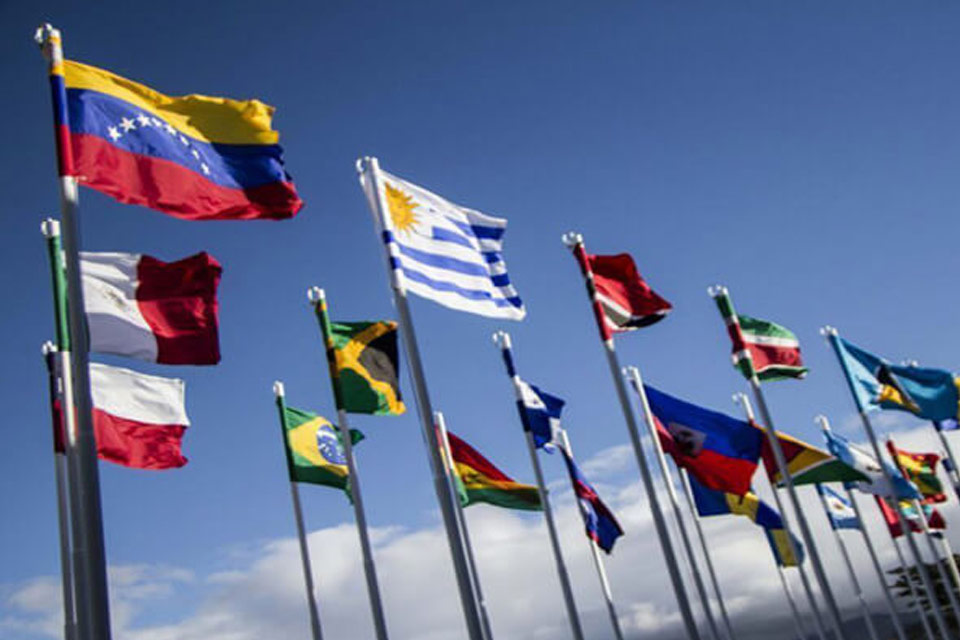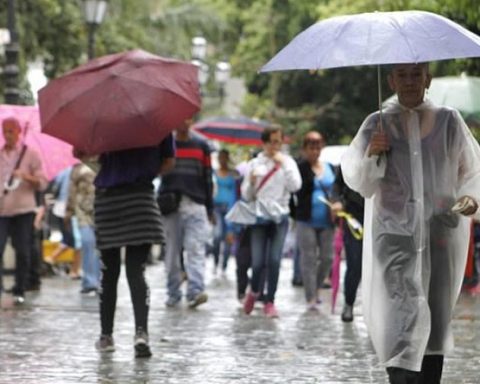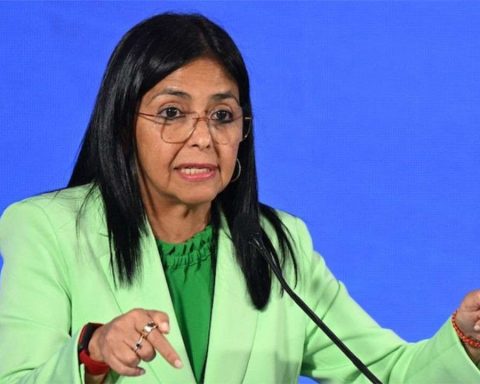Although more prominent growth was expected after overcoming the crisis caused by the covid-19 pandemic, events such as the war in Ukraine have threatened global economic progress, worsening conditions in less developed economies and affecting estimates. on economic progress in Latin America, despite the fact that Venezuela will maintain its rebound until at least 2023. At the same time, in another report, the UNDP points out that the 54 economies with the greatest debt problems are home to half of the poorest population in the world
The Economic Commission for Latin America and the Caribbean (ECLAC) improved its projection of growth in the region to 3.2% after having estimated an advance of 2.7% in its previous report.
Despite the fact that the economy will grow above 3% in 2022, the forecasts for 2023 are not so encouraging, since a slowdown in this growth is expected, reaching 1.4% for that year.
Within the Latin American averages, Venezuela stands out with a 12.5% growth in 2022 and projections of around 5% for 2023, an important percentage difference that makes sense thanks to the brutal fall suffered by the Venezuelan economy in previous years.
The body of the United Nations Organization (UN) foresaw that in the post-pandemic stage there would be an episode of growth to recover the lost ground as a result of the commercial paralysis established in 2020 as a result of covid-19. However, other developments undermine the positive economic dynamics.
Specifically, ECLAC emphasizes the restrictions, both internal and external, to which the countries of the region are subjected. They highlight the impact of the war in Eastern Europe on global growth and foreign demand for products and services offered in Latin America.
*Also read: IMF director assures that growth depends on female empowerment
The region is destined to suffer the consequences of the global crisis, with inflationary pressures, volatility and diverse financial costs. In this context, investments are contained, due to the high risk involved in investing, in addition to the fact that the world’s main central banks are applying restrictive monetary policies that hinder growth and investment.
According to ECLAC, these factors led to the depreciation of several local currencies and made financing more expensive. This cocktail gave rise to a debt crisis.
Debt and poverty go hand in hand
Other reportthis time from the United Nations Development Program (UNDP), points out that the 54 economies with the greatest debt problems are home to half of the poorest population in the world.
This direct relationship between debt and poverty rates establishes a need for immediate access to debt restructuring mechanisms so that the population of these countries can obtain some relief and thus avoid a “systemic development crisis.”
*Also read: Multilateral organizations predict poverty and famine in the face of global economic crisis
The countries burdened by debt represent barely 3% of the global economy, so finding aid mechanisms should not entail major difficulties, especially when considering that this 3% accounts for more than half of world poverty.
If this situation is not corrected, the UNDP warns that poverty will increase and the investments needed to mitigate the climate crisis will not be carried out, especially since these countries consumed by debt are also the most vulnerable by climate change.
According to the UNDP administrator, Achim Steiner, debt relief would not be a major obstacle for the most solvent economies, while not acting would unleash consequences for the world economy.
“Debt relief would be a pebble for rich countries, but the cost of inaction is brutal for the world’s poorest. We cannot afford to repeat the mistake of providing too little relief too late in managing the debt burden of developing economies,” he said.
The actions, in addition, have to be taken in the short term. The UNDP warns that debt restructuring cannot wait until interest rates fall or a global recession hits.
In addition, the agency recalls that the crisis is largely a consequence of the policies applied by developed countries, which have affected the global economy and plunged the less developed economies.
*Also read: ILO counts 50 million victims of modern slavery in the XXI century
According to the UNDP, there are favorable conditions to work on a restructuring of the debt of these countries, an issue that should be discussed before the meeting of the G20 finance ministers that will take place in Washington in the coming days.
“Conditions exist for creditors and debtors to start debt restructuring talks under the G20 Common Framework and thus avoid a debt crisis of developing countries that could otherwise turn into a long-term development crisis. term”, highlights the agency.
Venezuela leads percentage recovery, according to ECLAC
The update of ECLAC’s growth projections places Venezuela in a privileged position in South America, as it is the economy with the highest percentage growth in the entire southern cone.
According to ECLAC, the growth of the gross domestic product (GDP) of Venezuela in 2022 will be 12%, almost double the 7.7% that Colombia marks.
However, the high percentage is closely related to the size of the economies of the countries in the region. The undernourished Venezuelan GDP —which fell by 80% between 2013 and 2020— will advance from around 59,513 million dollars, for which a 12.5% growth would represent approximately 7,439 million.
In contrast, the size of the Colombian economy stood at 314,409 million dollars at the end of 2021, so the 7.7% increase projected by ECLAC would imply a growth of 24,209 million dollars, almost four times more than the Venezuelan increase in nominal terms.
It should be noted that the growth of the Venezuelan economy projected by ECLAC contrasts with the estimates of the International Monetary Fund (IMF), which estimates a 6% increase in the size of the national economy.

ECLAC’s forecasts for 2023 are positive. Although Venezuela will be part of the slowdown that the agency warns, a growth of 5% is projected at the end of next year, which would imply that the country will maintain its recovery trend in a context in which different economic sectors are beginning to find a growth ceiling.
*Also read: Sectors that underpinned growth of the economy in 2022 reach “their ceiling”
Post Views:
13















